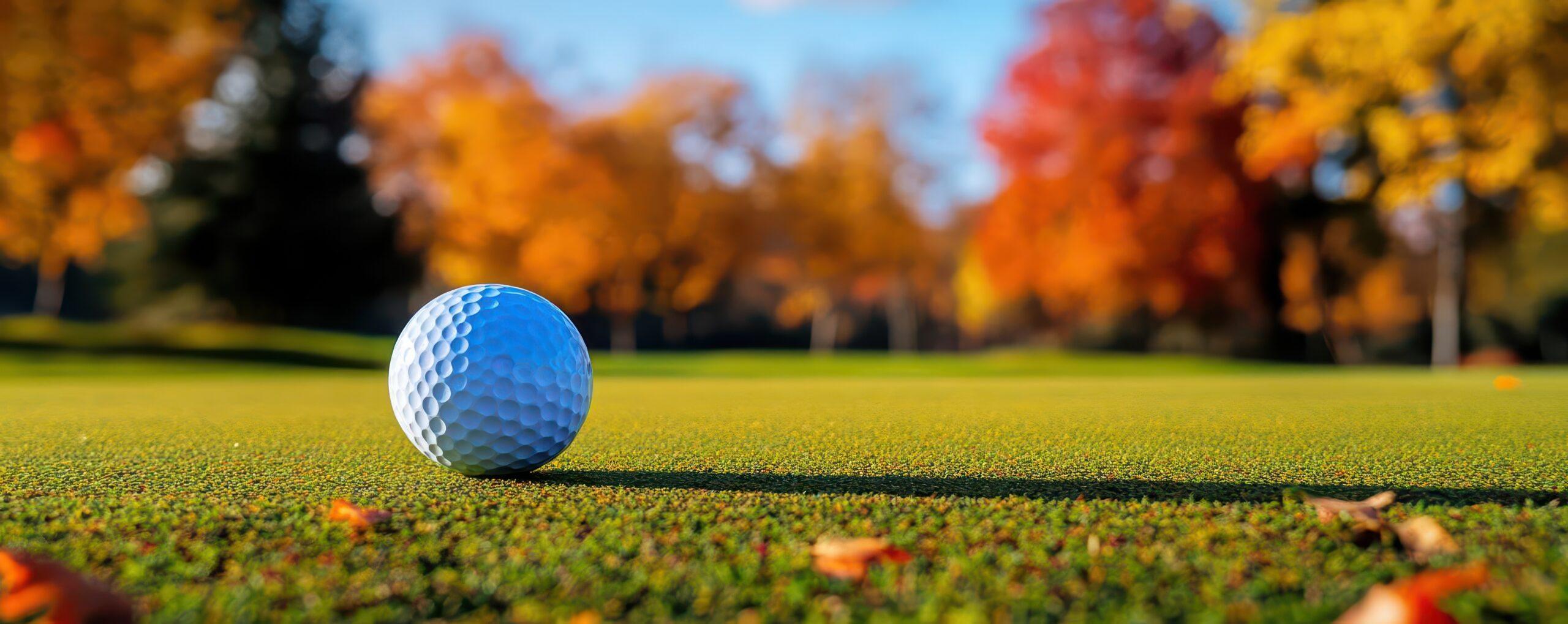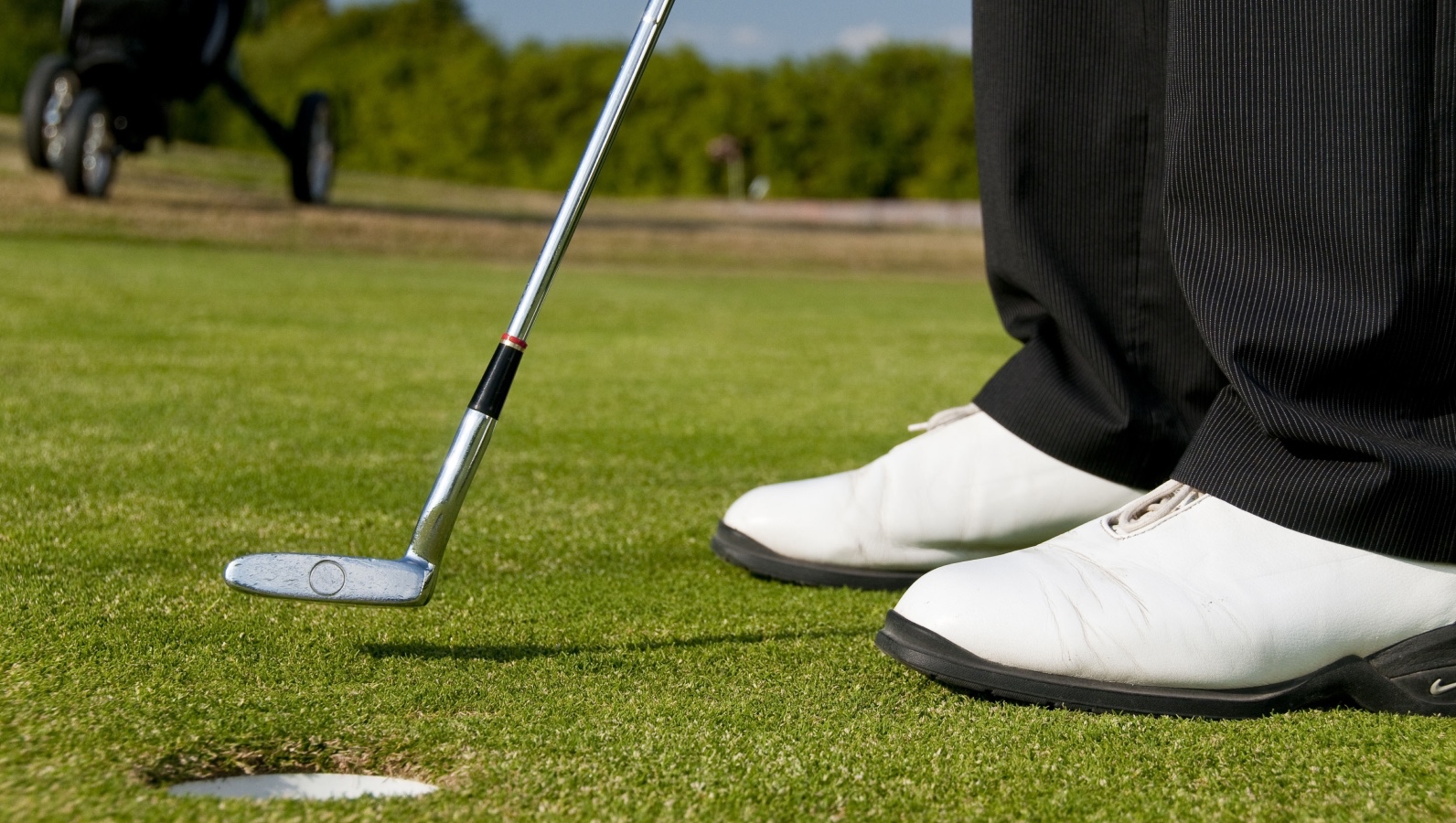What is a mulligan in golf: history and origins explained

What is a mulligan in golf: history and origins explained
September 10, 2025
By Mike Bailey
If you play golf, you may have heard of the Mulligan, even though there is nothing in the rules of golf that specifically allows it.
But do you know the origin of the term? Does he exist, really? There are stories, however, but one aspect that everyone seems to agree on is that it came from a FELLA named “Mulligan.”
What is a Mulligan?
But first, let’s define “Mulligan.” It’s a made up thing, and it doesn’t just apply to golf. I have heard it from many other references. For example, when a singer starts playing a song and hits a wrong note, that person can take a Mulligan and start the song.
I once interviewed a famous baseball player who had a favorite golfer. He said there were many first innings during his baseball career when he wished he could take a mulligan and start the game if he gave up a run or two early in the morning.
But on the golf course, it’s the right to redo a bad shot — the most common shot — and not the first one that counts. I can’t tell you how many times I’ve played a friendly match, and my opponent took a mulligan off the first tee only to win the first hole. Of course, I may have benefited from mulligans a few times too, but I can’t seem to remember them.
Mulligans are not exactly legal
Also, I must emphasize that using a Mulligan does not follow the rules of golf. According to the rules, if you drop another ball on the golf course, you are assessed one penalty stroke. There are no mulligans in real tournaments, although you may be able to buy them in love centers, which are not real tournaments (teams tend to shoot low scores and are accused of managing ority scrambles).
Scratching rules are not in the rules of golf either. (Scramble is a format where each player on a team hits a shot, the team then takes the best or favorite shot, and each player hits there until the ball goes out of there.)
Since the idea of a charity cleanup is to actually raise money for a good cause, mulligans are often sold before the event to help raise more money.
In other words, players can pay another $20 for mulligans to be used anywhere, either on the tee shot, where all team members may have missed an important eagle or birdie.
In casual play between friends, mulligans are never used on putts, and are generally not used properly in a round. Although I have played in groups on occasion, where everyone is given one mulligan to use at any time.
Is the breakfast ball a mulligan?
Generally, a mulligan is allowed on the first tee, especially if players have never been burned on the driving range. In these cases, it is often called a “morning ball,” although I have also heard them called “lunch balls” when the group likes it later in the day.
The morning ball selection comes with a certain understanding that once you’re off the first tee, you don’t get mulligans. After all, the excuse of the morning football is the warm-up, which does not work for another round.
However, many average players seem to hit unlimited mulligans throughout the round, especially if they are not keeping score. That can annoy others on the team, especially if that player tends to look at all those balls. And if a player keeps score while using Mulligans, is it a Score leg?
The answer to the last question is, of course, no. ” And if you use Mulligans, you shouldn’t post your scores for your Ghin (Golf HandIcap Information Network) Handicap.
Honestly, it’s dishonest, although if it is, you don’t have the sand since the handicap reduction where it would have been if you didn’t use mulligans. (Some call this sand matching or setting a null handicap.)
How did this mulligan thing start?
So you might be thinking that Mulligan started in Ireland since it is an Irish name. But that doesn’t seem to be the case.
There are two popular theories, but it seems that the name did not become common until a few decades after golfers named Mulligan played the game.
One was a Canadian golfer named David Mulligan, who played in the Montreal country class back in the 1920s. Legend has it that David Mulligan, who was too slow or nervous on the first tee, hit Tee TEE, hit another, hit another, called another, hit another ” He eventually brought the idea to the Preserved Golf Club in Mamaroneck, NY
Another theory has this practice named after John “Buddy” Mulligan, who was a room attendant at the Essec Fells Country Club in New Jersey back in the 1930s.
The story goes that after he finished cleaning the digital room, he would play a round with the Assistant Pro and a member or two. Because they were able to practice before their cycle, and he wasn’t there, he believed he was entitled to an extra shot if he started when he wanted it.
He would tell the members about his privilege, and the members started doing this ritual that he would play again, referring to the Do-Over-Over as a Mulligan.
Fun with Mulligans
Regarding the idea of a Mulligan being illegal, it is important to note that golf is meant to be fun. So if you’re not moving your scores by your handicap or playing in a tournament, you can certainly have fun with mulligans.
Maybe you get a game with your friends, and everyone gets two mulligans that they can use at any time during the round. It seems to me that you should save them as long as possible to use them in an important place. .
How many mulligans are too many? That’s up to your team, but if you hit mulligans after a bad shot on every hole (and the writer can be a bad shot among the poor), you’re probably passing. They slow down the pace of play and possibly annoy your playing partners.
The opposite of a mulligan
But what if you’re playing a game that involves a back-to-back Mulligan? What if you hit a great shot, say it within inches of the hole, or make a long putt, and your opponent pleads “gilligan?”
What is that, you ask? Yes, something that would really frustrate the cataways. Your best shot wouldn’t count, and you’d have to hit it.
Good and really good players like to play this game, which is like playing a very bad ball, where you and your partner hit a shot and you have to take a poor shot to play at the same time until the ball is full.
It’s true, there should be limits on these gilligans, right? They couldn’t call gilligan in hole-one? Well, not if those people are your friends.



